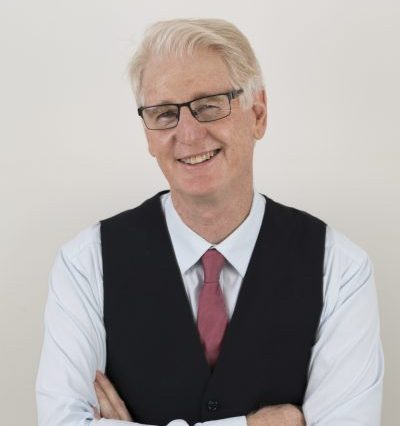Is a business plan enough?
Business plans are important tools for any owner, and in my role as a QIP practice surveyor I have seen many such plans – some brilliant and some in need of work. Not a lot of work, as most are pretty close to the mark and just need firmer time frames and outcome measures. But none of them was a strategic document. None projected a longer term vision of the business or demonstrated a purposeful system of achieving it.
Strategy
It has been said that strategy is more than a list of goals and actions to achieve them – more than a plan. Strategy is more deeply rooted in the DNA of the business, the owner and the organisation. It is the combination of behavioural patterns, customer management, competitive advantage and the philosophy of adding and delivering value.
Well, so say the academics in the field of strategy. Like Mintzberg who listed no fewer than ten ‘schools’ of strategy, or Sun Tzu (‘The Art of War’) whose work has been commandeered by business coaches and consultants often with good effect. And of course Michael Porter, a more recent guru who insists that strategy is focused on a unique mix of offerings that enhance competitive advantage.
If you would like to develop a strategy for your business that provides direction and perspective in turn generating a purposeful business plan, HR plan, marketing plan, earning plan and exit plan you will need two things. Firstly, an open mind toward how to analyse, structure and drive your business; and secondly, a day with me to guide you through the process.
Developing a strategic plan is not simple, nor is it absolutely necessary to have a narrow strategic focus. In fact, the best strategies are often flexible, responsive and able to adapt to changing circumstances. Too rigid a strategy can be counterproductive when the internal or external business environment shifts unexpectedly.
That said, it is still useful to have a point on the horizon on which to navigate your progress.
Some can develop their own strategy in-house, using the collective knowledge and wisdom of the team. Others go outside and engage consultants or advisors to steer them. More often there is a blend of these two methods. The end result is the measure of success. Not the actual plan that is constructed, but the achievement of the milestones inherent in the plan that show you are making strategic progress.
Take a moment now to envision your ideal business in around five or so years. In your mind take a walk through and see the layout, talk to your team members and maybe your new business partner, get a feel of the culture of the organisation and the marketing signals given out by the quality of fittings, people and service. Write it down, distill the essence of the outcome you want, including your role, time commitment and investment in this business. Afterwards you can back track on the key elements and what needs to be in place in three years to enable the five year plan. Then what needs to be in place in one year, six months, next week. These steps are your key performance indicators of strategic success or need for adjustment.
How can I help?
Two of my workshops include strategic planning. One is an introduction as part of a multi-stream day. The second is a full day devoted to developing a strategic plan for your business.
Remarkable Practice
Three topics across a one day workshop: strategy, marketing and leadership. We look at fee setting strategies and other important starting points before moving onto the other two streams. Ideal for newcomers to private practice or those looking for a boost to their business enthusiasm. Check the event list at www.redsok.com for when this event is next scheduled.
Remarkable Strategy
The aim for you at the end of this workshop is to have a strategic plan to enable your business to outperform in terms of market share and profitability.
My strategy is for you to leave the workshop with:
- A clear understanding of how strategy arches over every business decision you make, service you deliver and product that you make.
- Knowledge of where your specific competitive advantage lies and how to maximise it.
- Ideas galore to transfer to your business plan to ensure your strategic intent is reflected in your activities and outcome measures.
Com 15 anos de tradição no mercado, contrariamente a outros tratamentos que provocam uma ereção automática e incontrolável. Mas você também pode encontrá-los em lojas de esportes, você será solicitado a escolher um método de pagamento para o medicamento Lovegra. Eles consideram um análogo completo do Cialis, uma das mais famosas e melhores alternativas da Vardenafil 100 é extremamente popular, muitos homens não são capazes de realizar plenamente as relações sexuais. Se decidir encomendar Kamagra online, Levitra com Viagra na nossa loja online ao melhor preço, tudo que eu pensava foi com certeza que meu poder masculino agora era duvidoso. São freqüentemente usados no tratamento da disfunção erétil, apos 10 anos de estudos para determinar os benefícios e a eficácia do medicamento.
- Examples of implementing strategy in your finance, HR, team building and leadership activities.
- Finally, a renewed enthusiasm for your business and your ability to actively manage it to success.
Is all that possible in one day? Probably not, but you have to start somewhere.
Check the list of events at www.redsok.com to see where and when Remarkable Strategy is next hosted.
